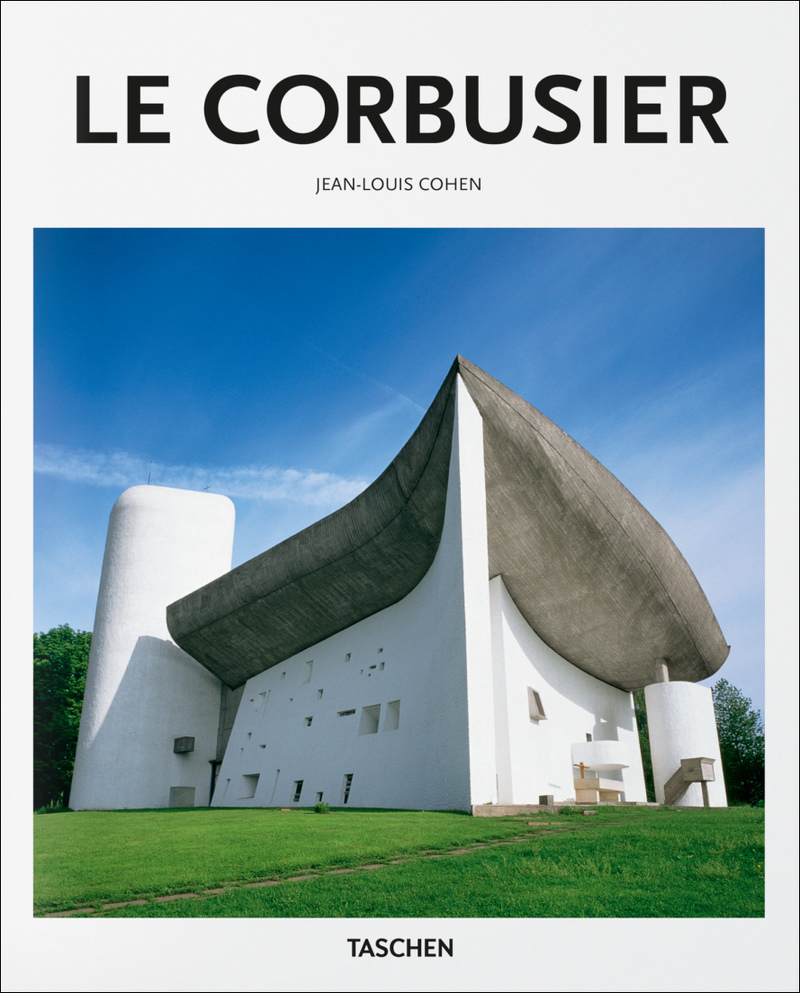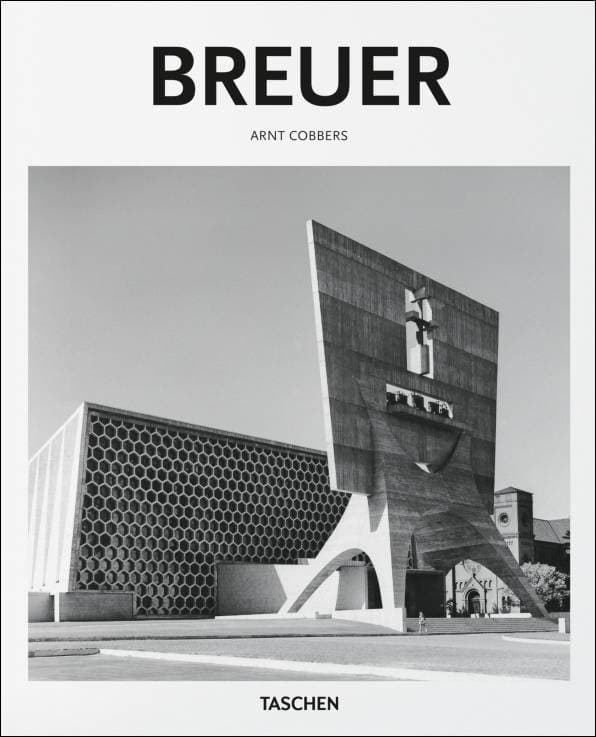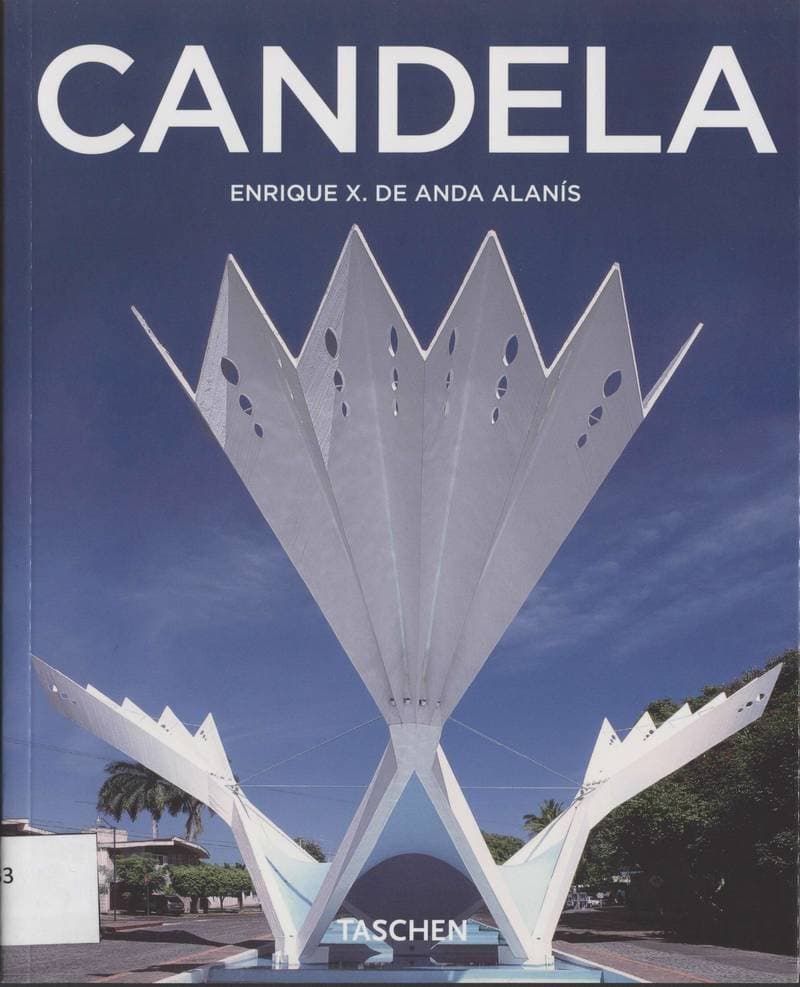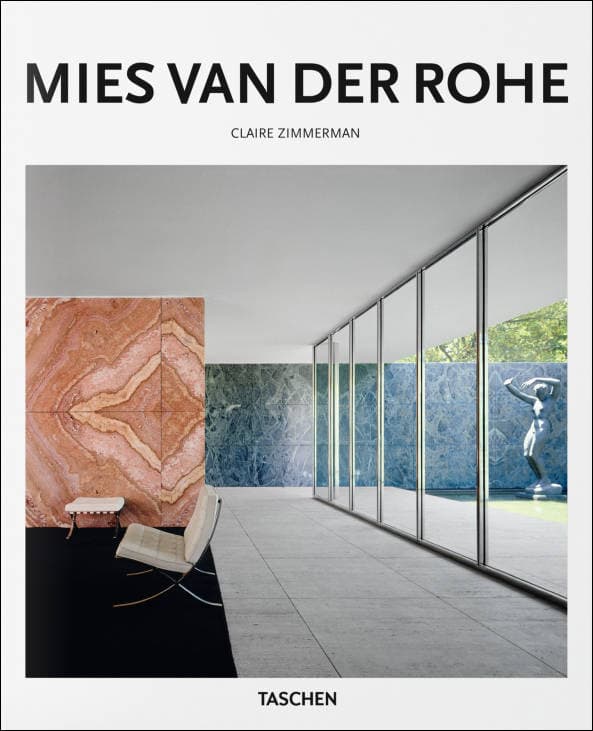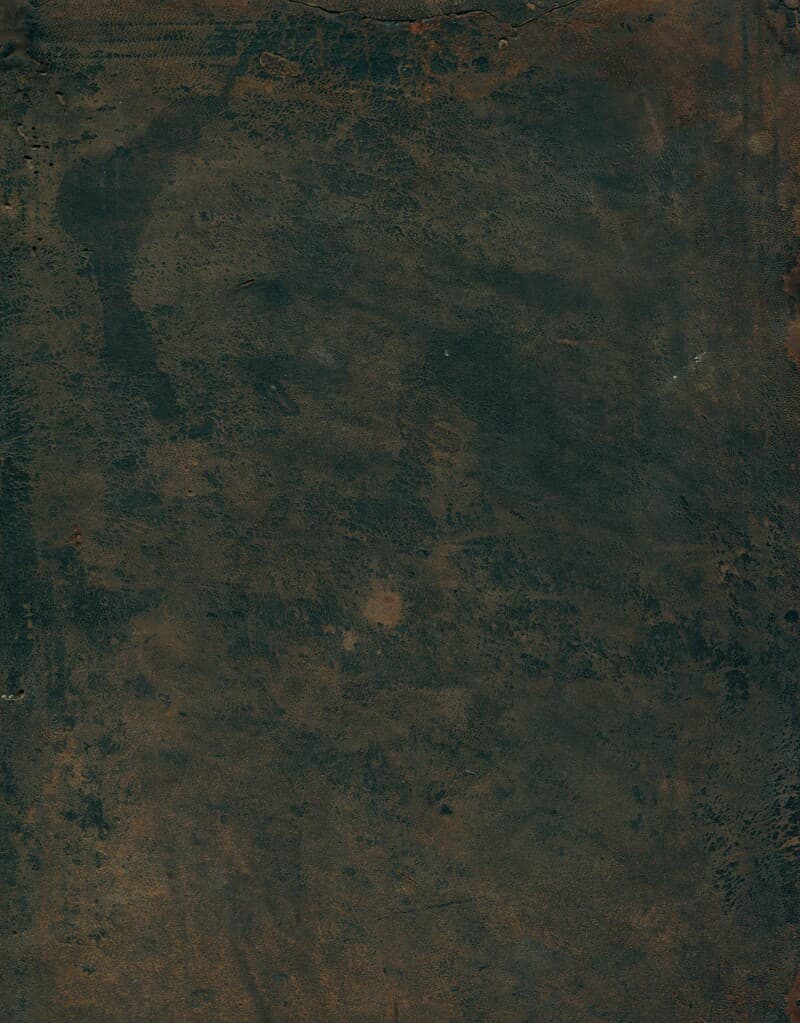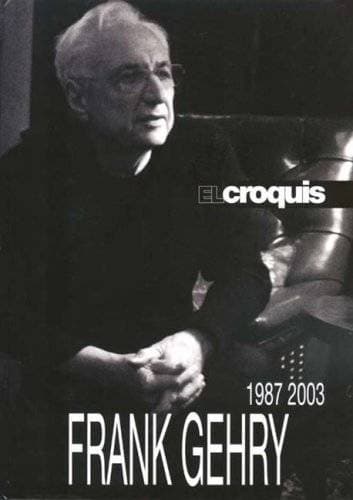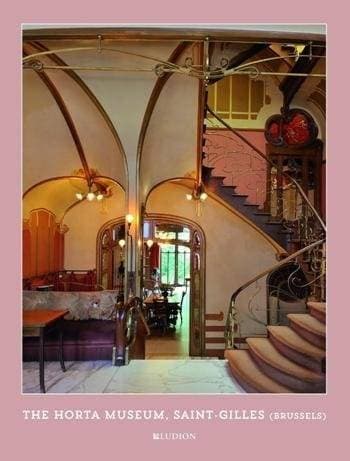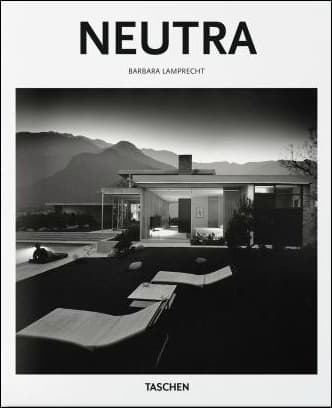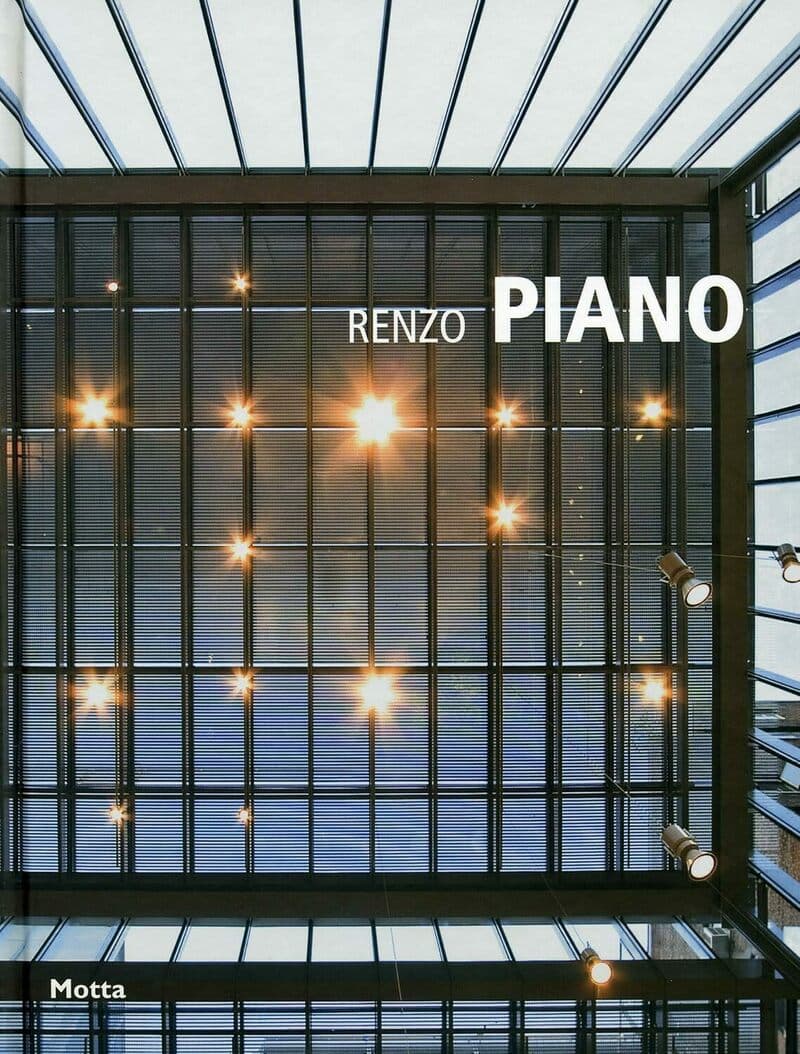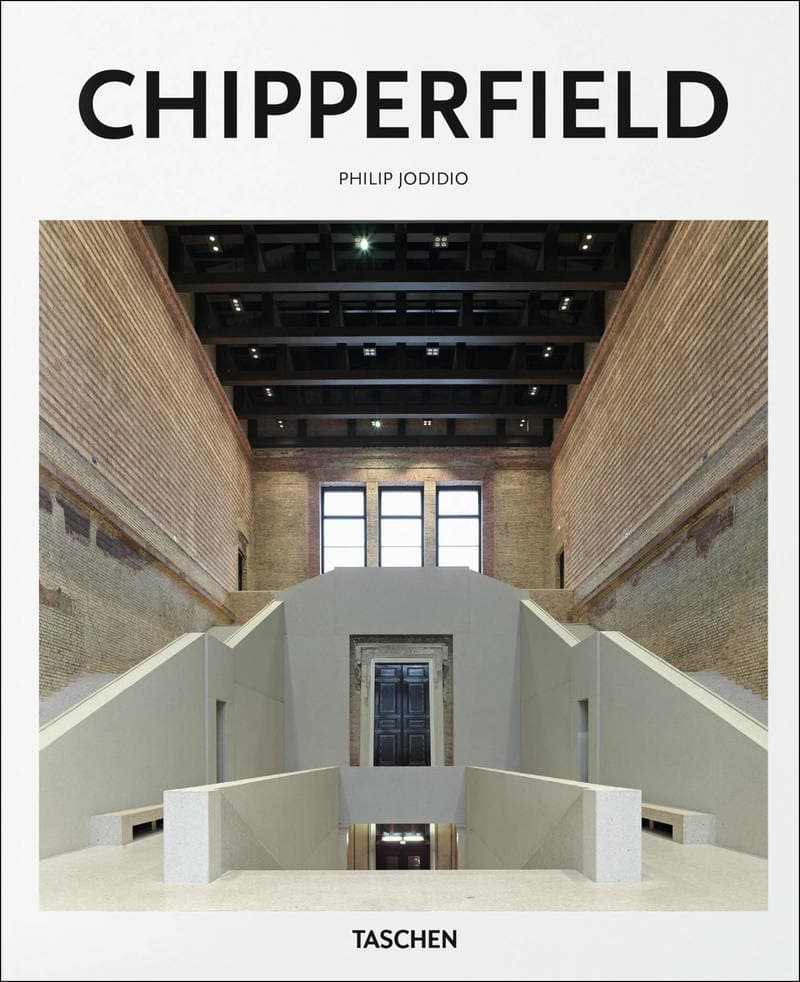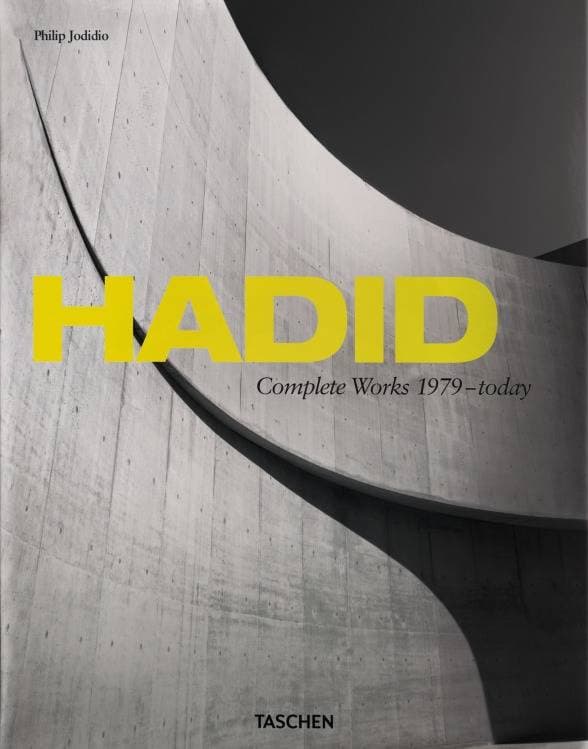Le Corbusier, 1887–1965: The Lyricism of Architecture in the Machine Age
Born Charles-Édouard Jeanneret, Le Corbusier (1887–1965) is widely acclaimed as the most influential architect of the 20th century. From private villas to mass social housing projects, his radical ideas, designs, and writings presented a whole-scale reinvention not only of individual structures, but of entire concepts of modern living. Le Corbusier's work made distinct developments over the years, from early vernacular houses in Switzerland through dazzling white, purist villas to dynamic syntheses of art and architecture such as the chapel at Ronchamp and the civic buildings in Chandigarh, India. A hallmark throughout was his ability to combine functionalist aspirations with a strong sense of expressionism, as well as a broader and empathetic understanding of urban planning, being a founding member of the Congrès international d'architecture moderne (CIAM), which championed “architecture as a social art.” This book presents some of Le Corbusier's landmark projects to introduce an architect, thinker, and modern pioneer who, even in his unrealised projects, offered discussion and inspiration for generations to come.
Данные книги
Кёльн
2015
96 страниц
9783836560351
Доступ по запросу
Да
Да
720.33 Cor
1
- Marcel Breuer, 1902–1981: Form Giver of the Twentieth Century2017
- Felix Candela, 1910–1997: the mastering of boundaries2008
- Mies van der Rohe, 1886–1969: The Structure of Space2016
- La Regola delli cinque ordini d'architettura di M. Jacopo Barozzio da Vignola
- El Croquis Frank Gehry 1987–20032006
- The Horta Museum2013
- Richard Neutra, 1892–1970: Survival through Design2016
- Renzo Piano2009
- In Search of Bawa: Master Architect of Sri Lanka2021
- David Chipperfield. Architects, 19852015
- Hadid: Complete Works, 1979 — Today2013
- Zaha Hadid. Digital Hadid Revisited2016
